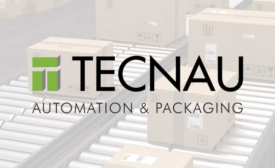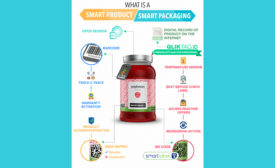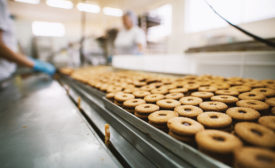Home » Internet of things
Articles Tagged with ''Internet of things''
Spotlight Feature
Using IIoT to Improve Packaging Line Performance
Incremental implementation of the IIoT by plant engineers and other experts is the best route to success.
September 10, 2019
Automation
Bridging the Gap with IoT
IoT Gateways are the connection to all types of operational data.
March 13, 2019












